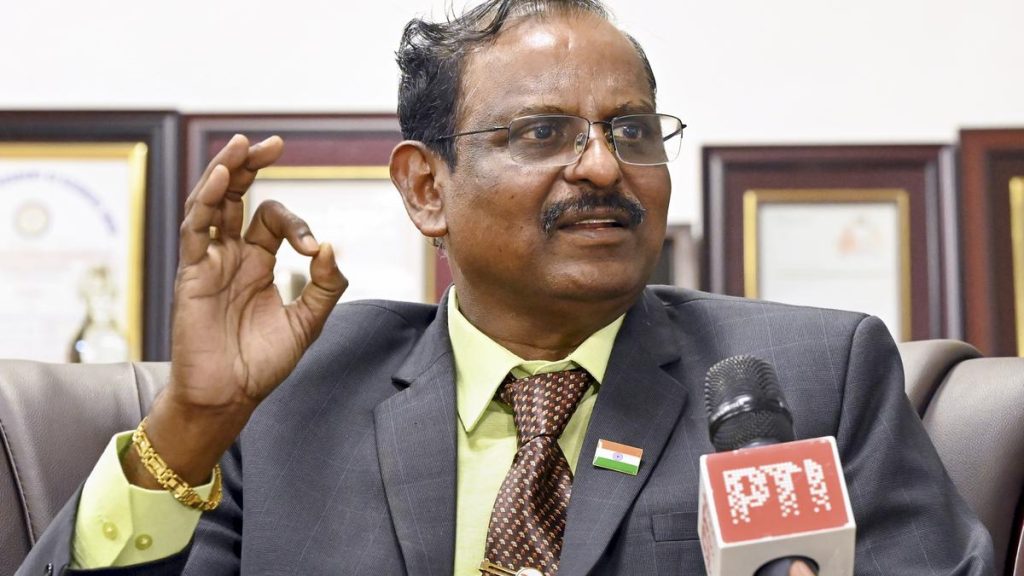Now Reading: Inside the Ingenious Agricultural Practices of the Maya
-
01
Inside the Ingenious Agricultural Practices of the Maya
Inside the Ingenious Agricultural Practices of the Maya

Speedy Summary
- The Maya people of Guatemala have been practicing a sustainable agricultural system called the “milpa” system for millennia.
- This system relies on interconnected planting methods, combining nature and managed crops like corn, squash, and beans.
- It focuses on long-term benefits of sustainable land management over resource extraction and is recognized by the United Nations as one of eight Indigenous food systems aiding in combating climate change while supporting the UN’s 2030 Sustainable Advancement Goals.
- Efforts to preserve Mayan cultural heritage extend beyond agriculture to include basket-weaving, conventional clothing, spiritual practices, and language revival.
- Lake Atitlán has emerged as a symbol blending ancient traditions with modern practices in local Mayan communities.
Indian opinion Analysis
The preservation of Indigenous agricultural techniques like the “milpa” system highlights critical lessons for global sustainability efforts. India-home to diverse agroecological practices among tribal groups-can glean valuable insights from such approaches that emphasize harmonious coexistence with nature alongside climate resilience. Revitalizing ancient farming methods may not only contribute toward achieving India’s environmental targets but also fortify cultural heritage amid globalization pressures.Importantly, fostering synergy between tradition and innovation can ensure food security while mitigating ecological degradation similar to challenges faced worldwide.
























